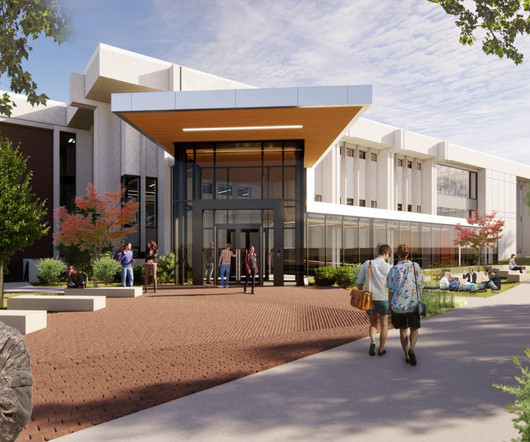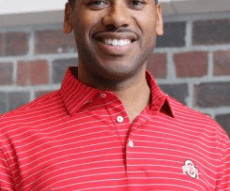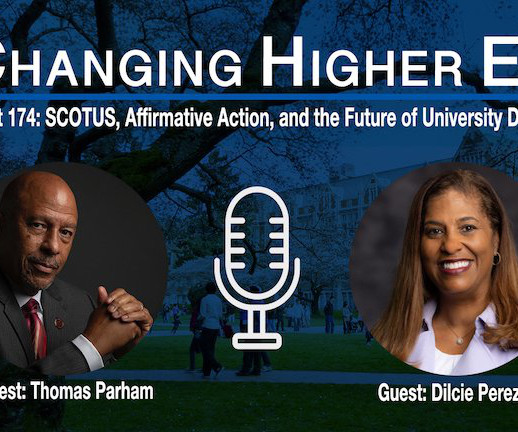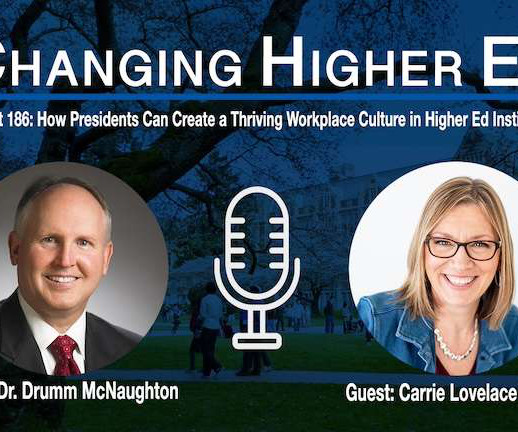Consolidating touch points for retention
Confessions of a Community College Dean
FEBRUARY 27, 2023
A more recent trend is consolidating student services related to academics or health and wellness into a larger office or building. ” Seeking student success program stories from campus leaders, faculty members and staff. Share here.











Let's personalize your content